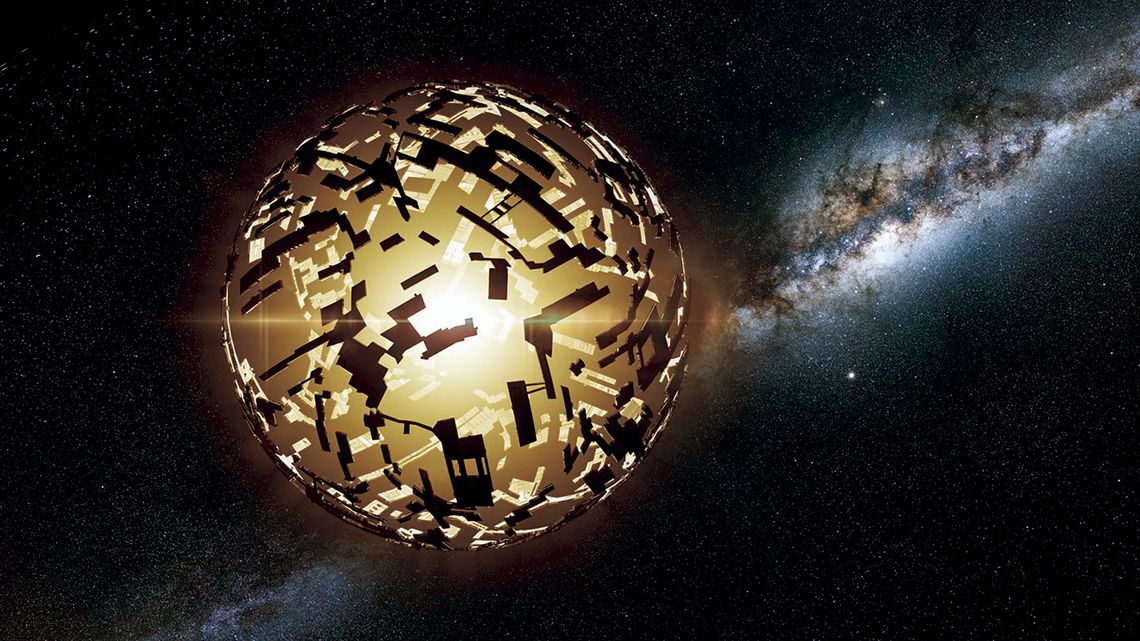NIGHT SKIES
How many of you have noticed that the moon seems to follow you around? Another related phenomenon is, if you’re staring at a bright star, it seems to move and jump around to small degrees as if it’s an approaching aircraft beacon.
Let’s tackle the first issue first. This issue of the moon following you is especially noticeable in a car for some reason. You see all sorts of things you’re passing just whiz by, but you never can outpace the moon. It appears to follow along on your journey.
Pretend you’re driving on a straight road with the moon in front of you. It stays put in the front instead of appearing in the side windows and then the rear as you would with any other object.
It’s a trick of the brain — your brain compares the distant moon with the nearby objects passing by. The moon is so far away it seems as if it is moving right along with you staying put.
The distance between you and the moon is approximately a quarter million miles.
This phenomenon isn’t possible only with the moon. Many people don’t know what Venus looks like and mistake it for a UFO following them.
The second visual oddity mentioned relates to how our eyes never really stay still.
Even when straining to watch a bright point in the sky, our eyes never become still. So, it appears that bright point is dancing around but it’s really an optical illusion, this time not of the brain, but of the inability to keep your eyes perfectly still.
Now to current news: “Astronomers have found 60 Dyson sphere candidates among millions of searched stars thus far.” This is actually pretty exciting.
First what is a Dyson Sphere? I refer you to a very good science fiction book called “Ringworld,” written by Larry Niven in 1970. There are three other books in this series. Dyson spheres were first postulated by physicist Freeman Dyson in his 1960 paper, “Search for Artificial Stellar Sources of Infrared Radiation.”
The idea was that as an alien civilization advanced, it would require more and more energy. Eventually it would need to systematically harvest energy from its local star on a large scale.
To achieve this, Dyson envisioned a solar system-sized structure orbiting the star designed to collect virtually all the energy output from their star. It would likely not be a solid structure, but a loose collection of ribbon-like objects orbiting the star.
Well, on May 15, 2024, researchers announced in New Scientist that they’ve cataloged 60 possible candidate stars with an excess of infrared heat that, thus far, can’t be explained in any other way.
The researchers said it’s difficult to explain the observations with any currently known natural processes.
Notably, most of the candidate stars appear to be old. That makes sense as it would take a civilization millennia to mature to the point where they needed all that energy and could construct and maintain such a sphere.
Of course, it’s worth noting that just because this is exactly the observation that Freeman Dyson predicted in 1960, it doesn’t mean there actually are alien megastructures — at least not yet.
More observations are needed, perhaps with the James Webb space telescope.
What’s up in June skies June is a wonderful month to be out stargazing. If you have kids, it’s an excellent time to get your young ones away from the city skyglow and show them what a real, dark sky looks like.
Wednesday, June 19: After dark, look south to see the full moon 3.5 degrees to the right of the bright red Antares in Scorpius. The gap between the pair shrinks as the night wears on.
Thursday, June 20 marks the summer solstice in the northern hemisphere and the winter solstice in the southern hemisphere. On this day the north pole tilts directly toward the sun, resulting in the longest day of the year. That is, we receive the most hours of daylight.
For the southern hemisphere it’s the shortest day of sunlight for the year.








Comment
Comments